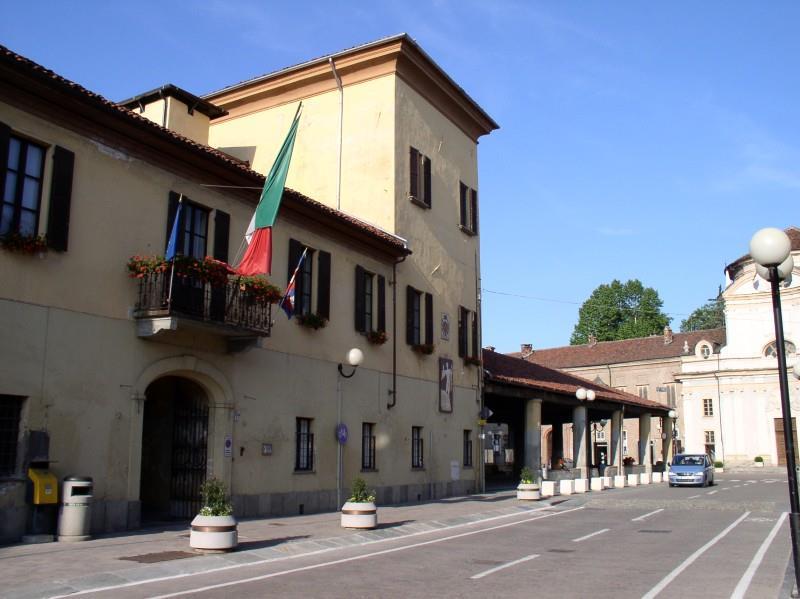“We joined the Wifi Italia project as one of the necessary steps to participate in the digitization process of the country.
Villafranca Piemonte rises on the left bank of the Po river, near its confluence with the Pellice stream, on the edge of the plain that slopes down from the Pinerolo area. Its origins are to be found in two primitive nuclei of populations who settled in this area around 1000: called Soave, which is linked to the low times of the Roman Empire, and Musinasco, which dates back to the ancient Ligurians who reached the line in Piedmont del Po. The first nucleus, Borgo Soave, is mentioned in historical documents only since 1037, when Landolfo, Bishop of Turin, founded the Abbey of Santa Maria in the neighboring Cavour. The reference to Borgo Soave suggests a fairly large town, equipped with four churches: the parish church and three minor churches or "titulos".
The other nucleus that gave rise to Villafranca is Musinasco, which appears in written documents only in 1001, but which is instead an ancient locality, as confirmed by the termination of the name: -asco concerns a pre-Roman Ligurian locality, albeit with an overlap Celtic. As a territory, the village of Musinasco included the area between the Po river and the Pellice stream, up to their confluence (hence the current hamlets of Madonna degli Orti, Mottura and Bussi).
With its 800 years of history, Villafranca Piemonte boasts a very rich artistic and cultural heritage, consisting of chapels, churches, towers, fortifications and industrial architecture settlements ”.
We have joined the Wifi Italia project as one of the necessary steps to participate in the digitization process of the country.
Villafranca Piemonte rises on the left bank of the Po river, near its confluence with the Pellice stream, on the edge of the plain that slopes down from the Pinerolo area. Its origins are to be found in two primitive nuclei of populations who settled in this area around 1000: called Soave, which is linked to the low times of the Roman Empire, and Musinasco, which dates back to the ancient Ligurians who reached the line in Piedmont del Po. The first nucleus, Borgo Soave, is mentioned in historical documents only since 1037, when Landolfo, Bishop of Turin, founded the Abbey of Santa Maria in the neighboring Cavour. The reference to Borgo Soave suggests a fairly large town, equipped with four churches: the parish church and three minor churches or "titulos".
The other nucleus that gave rise to Villafranca is Musinasco, which appears in written documents only in 1001, but which is instead an ancient locality, as confirmed by the termination of the name: -asco concerns a pre-Roman Ligurian locality, albeit with an overlap Celtic. As a territory, the village of Musinasco included the area between the Po river and the Pellice stream, up to their confluence (hence the current hamlets of Madonna degli Orti, Mottura and Bussi).
With its 800 years of history, Villafranca Piemonte boasts a very rich artistic and cultural heritage, consisting of chapels, churches, towers, fortifications and industrial architecture settlements.
